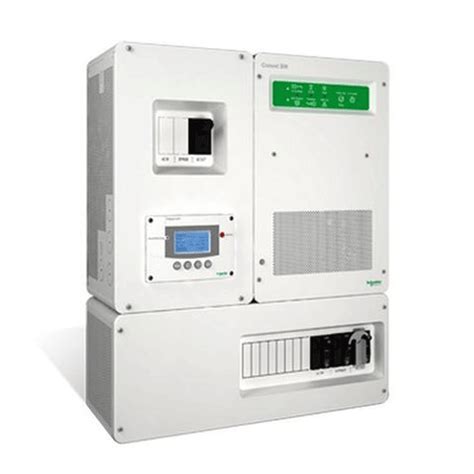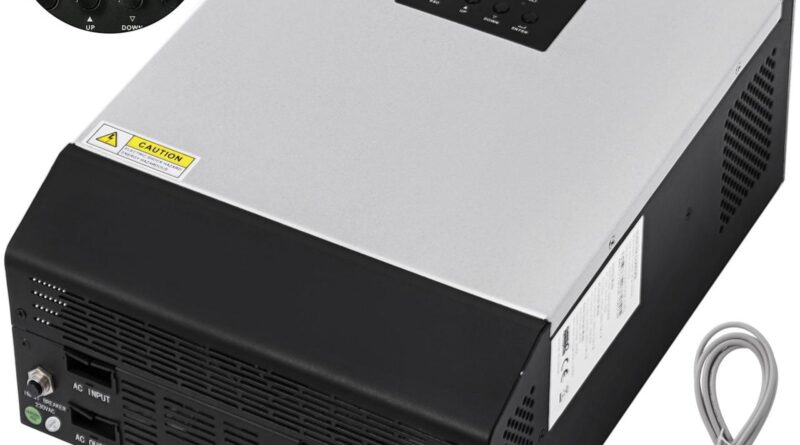Inverter With Chargers: A Comprehensive Guide
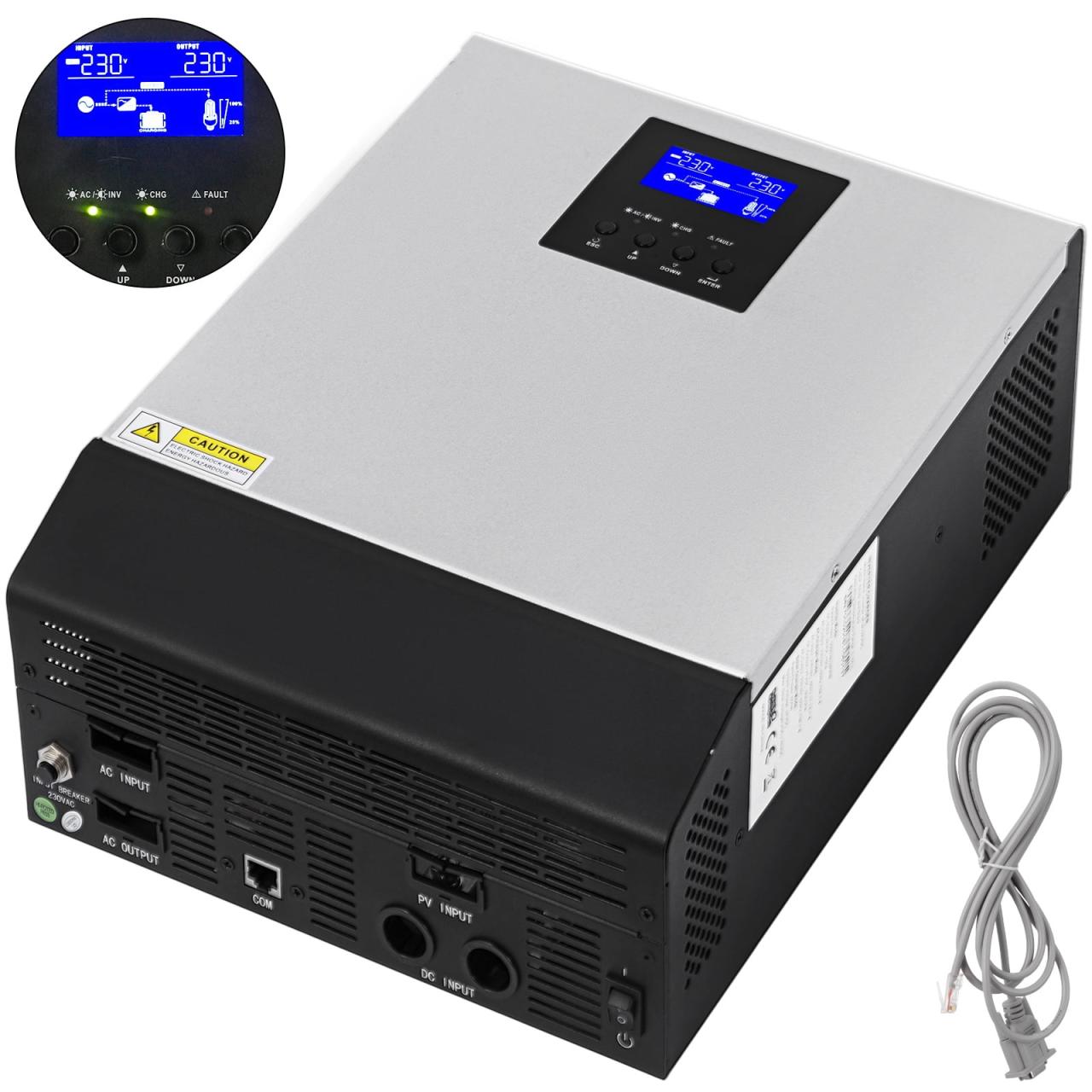
Inverter with Chargers: A Comprehensive Guide
Introduction
An inverter with charger is a versatile device that combines the functionality of an inverter and a battery charger into a single unit. It converts direct current (DC) from a battery or other DC source into alternating current (AC), which can then be used to power AC appliances and devices. Additionally, it can charge the battery when AC power is available. This makes it an ideal solution for applications where both AC and DC power are required, such as in RVs, boats, and off-grid systems.
How an Inverter with Charger Works
An inverter with charger typically consists of the following components:
- Inverter: Converts DC power from the battery into AC power.
- Charger: Converts AC power from an external source into DC power to charge the battery.
- Transfer switch: Automatically switches between AC power from the inverter and AC power from an external source.
When AC power is available, the charger charges the battery while the transfer switch connects the external AC power to the output. When AC power is not available, the inverter converts DC power from the battery to AC power and the transfer switch connects the inverter output to the output.
Types of Inverters with Chargers
Inverters with chargers come in various types, each with its own unique features and applications:
- Modified sine wave inverters: Produce an AC waveform that is not a true sine wave, but rather a modified version. They are less efficient than pure sine wave inverters but are more affordable.
- Pure sine wave inverters: Produce an AC waveform that is identical to the waveform of household AC power. They are more efficient and provide cleaner power than modified sine wave inverters, but are more expensive.
- Hybrid inverters: Combine the features of an inverter and a charger with those of a solar charge controller. They can charge batteries from both AC and solar sources.
Choosing the Right Inverter with Charger
When selecting an inverter with charger, consider the following factors:
- Power output: Determine the amount of AC power you need to run your appliances and devices.
- Waveform: Choose a modified sine wave inverter for basic applications or a pure sine wave inverter for sensitive electronics.
- Charging capabilities: Consider the type of battery you have and the charging rate you need.
- Features: Look for additional features such as remote monitoring, surge protection, and automatic transfer switching.
Installation and Wiring
Installing an inverter with charger requires careful planning and proper wiring. Follow these steps:
- Choose a location: Select a well-ventilated location with easy access to the battery and AC power source.
- Mount the inverter: Securely mount the inverter using the provided brackets.
- Connect the battery: Connect the positive and negative terminals of the inverter to the corresponding terminals of the battery.
- Connect the AC input: Connect the AC input terminals of the inverter to the AC power source.
- Connect the AC output: Connect the AC output terminals of the inverter to the appliances and devices you want to power.
Safety Precautions
When using an inverter with charger, observe the following safety precautions:
- Use proper wiring: Ensure that all wiring is properly sized and connected to prevent overheating and electrical hazards.
- Ventilate the area: Keep the inverter well-ventilated to prevent overheating.
- Avoid overloading: Do not exceed the power output capacity of the inverter.
- Disconnect before servicing: Always disconnect the inverter from both the battery and AC power source before performing any maintenance or repairs.
Applications of Inverters with Chargers
Inverters with chargers have a wide range of applications, including:
- RVs and boats: Provide AC power for appliances and devices when shore power is not available.
- Off-grid systems: Power homes and businesses that are not connected to the electrical grid.
- Backup power: Provide emergency power during power outages.
- Solar energy systems: Charge batteries from solar panels and provide AC power when needed.
- Industrial applications: Power tools and equipment in remote locations or during power outages.
Troubleshooting Common Issues
If you encounter any issues with your inverter with charger, try the following troubleshooting steps:
- No output: Check the battery connections, AC input connections, and AC output connections.
- Low output: Check the battery voltage and charging rate.
- Overload: Reduce the load on the inverter or upgrade to a higher-capacity inverter.
- Overheating: Ensure that the inverter is properly ventilated and not overloaded.
- Battery not charging: Check the charger settings and battery connections.
Conclusion
An inverter with charger is a versatile and essential device for applications where both AC and DC power are required. By understanding how it works, choosing the right type, installing it properly, and observing safety precautions, you can ensure reliable and efficient operation. Whether you need to power appliances in an RV, charge batteries in an off-grid system, or provide backup power during emergencies, an inverter with charger is an invaluable tool.
5 Best Inverter with Chargers
Inverter with chargers are a great way to power your home or RV without having to worry about running out of power. They can also be used to charge batteries, so you can always have a backup power source.
Here are five of the best inverter with chargers on the market:
1. Go Power! GP-3000i Inverter with Charger
The Go Power! GP-3000i Inverter with Charger is a great choice for those who need a powerful and reliable inverter. It has a continuous power output of 3000 watts and a surge power output of 6000 watts. It also has a built-in charger that can charge batteries at a rate of up to 100 amps.
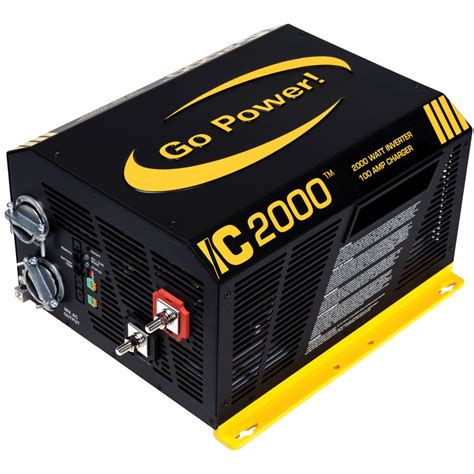
2. Xantrex Freedom XC Inverter with Charger
The Xantrex Freedom XC Inverter with Charger is another great choice for those who need a powerful and reliable inverter. It has a continuous power output of 2000 watts and a surge power output of 4000 watts. It also has a built-in charger that can charge batteries at a rate of up to 60 amps.
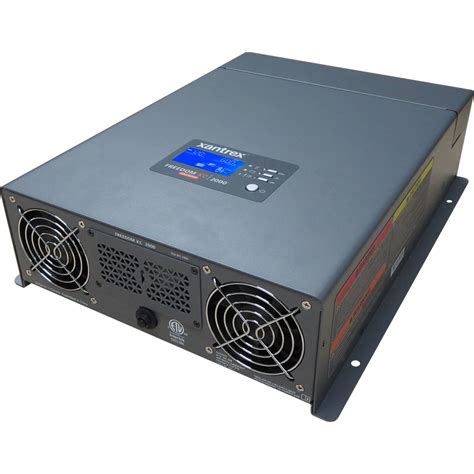
3. Magnum Energy ME-2012 Inverter with Charger
The Magnum Energy ME-2012 Inverter with Charger is a great choice for those who need a compact and lightweight inverter. It has a continuous power output of 2000 watts and a surge power output of 4000 watts. It also has a built-in charger that can charge batteries at a rate of up to 100 amps.
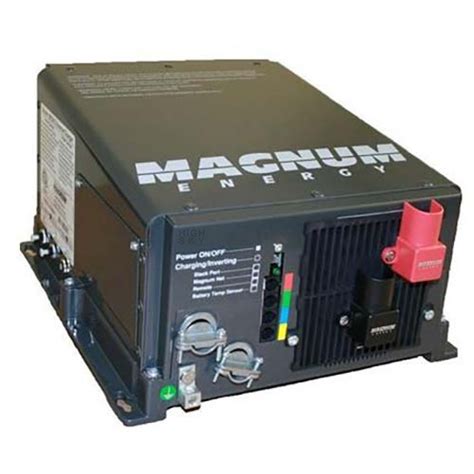
4. Outback Power Radian Inverter with Charger
The Outback Power Radian Inverter with Charger is a great choice for those who need a high-efficiency inverter. It has a continuous power output of 2000 watts and a surge power output of 4000 watts. It also has a built-in charger that can charge batteries at a rate of up to 100 amps.
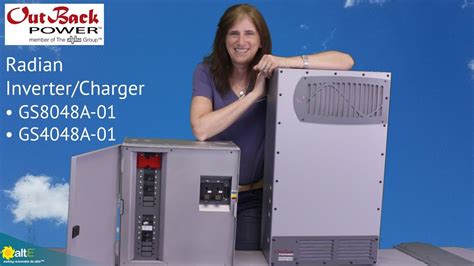
5. Schneider Electric Conext SW Inverter with Charger
The Schneider Electric Conext SW Inverter with Charger is a great choice for those who need a versatile inverter. It has a continuous power output of 2000 watts and a surge power output of 4000 watts. It also has a built-in charger that can charge batteries at a rate of up to 100 amps.
